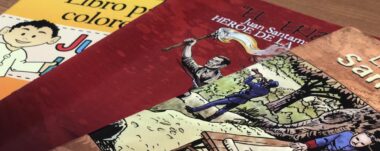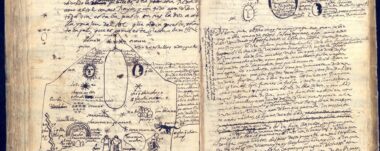Traditional Masquerade Day Celebrates Costa Rican Culture
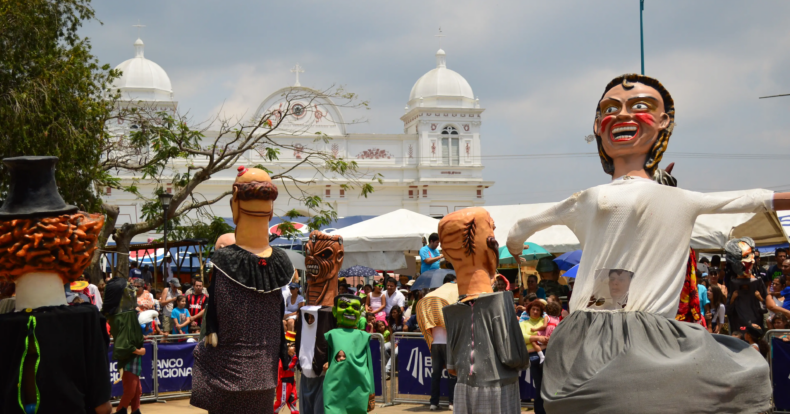
Traditional Masquerade Day.
Since 1996, Costa Rica commemorates the Day of the Traditional Masquerade every October 31, a date instituted by Executive Decree No. 25724-C to honor one of the country’s most vibrant and distinctive cultural expressions: masquerades. In April 2022, this cultural legacy was further consolidated when the Legislative Assembly declared the mascarada as a national symbol through Legislative Decree No. 10239, in order to safeguard and promote this artistic tradition.
A Multicultural Tradition
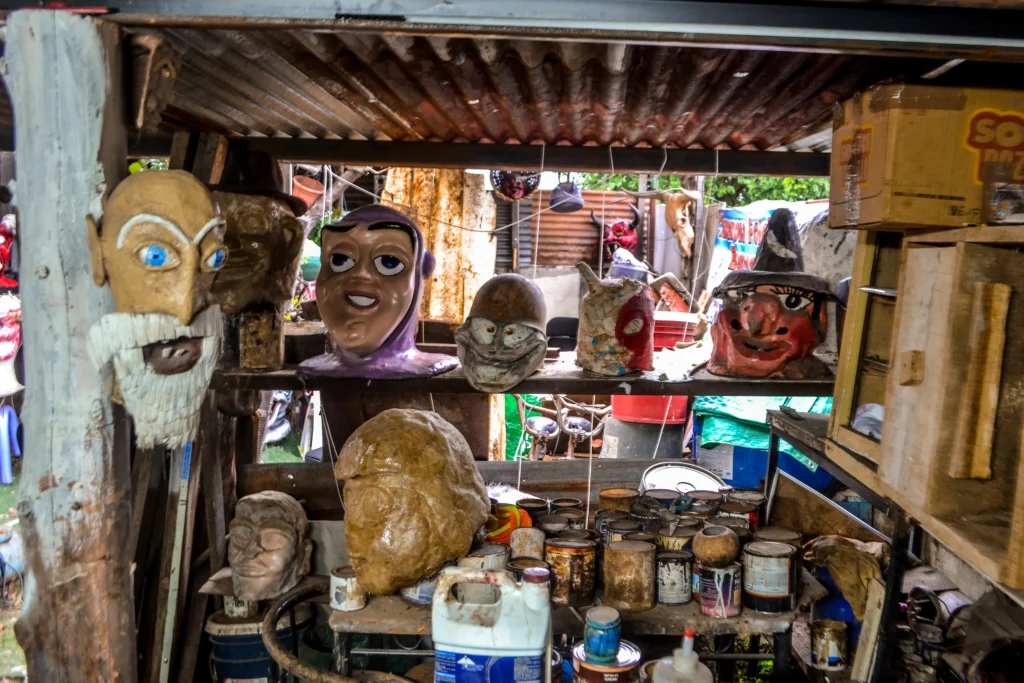


The tradition of masquerades has its roots in colonial times, particularly in Cartago, where communities held festivities in honor of their patron saints. In Cartago’s La Puebla neighborhood, home to indigenous people, Afro-descendants and mestizos, the practice of “mantudos” emerged, costumed characters with huge masks that enlivened religious celebrations. This cultural mix influenced the creation of a unique masquerade in Costa Rica, inspired by Spanish festivities such as the “gigantes y cabezudos” and enriched with autochthonous elements.
Before colonization, indigenous peoples were already making masks for rituals, using materials such as clay, volcanic stone, and wood. With the arrival of the Spaniards, figures such as the “parlampanes,” masked masks that animated bullfights and other festive events, emerged. Rafael “Lito” Valerín, an artisan from Cartago, is considered one of the pioneers in consolidating this tradition, creating emblematic characters such as the “Giganta” for the festivities in honor of the Virgin of the Angels.
Traditional Masquerade Day: Characters and Celebrations
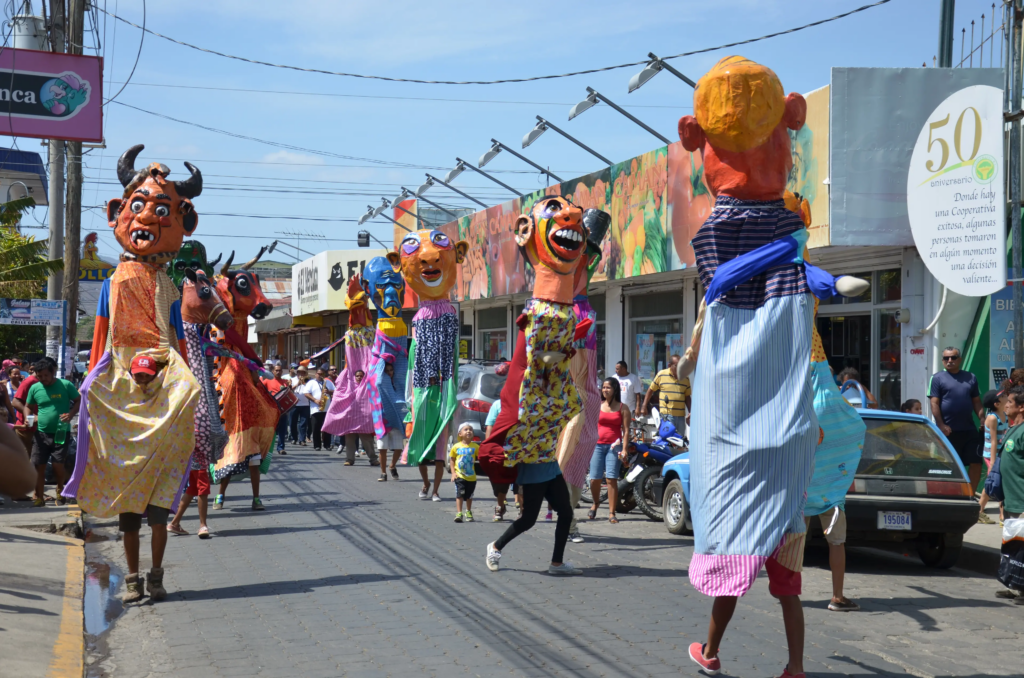

Today, the masquerade includes figures such as the Witch, the Devil, the Policeman and the Skull, who parade to the rhythm of the cimarronas, traditional music bands. These characters, with their antics and dances, turn the streets into a spectacle full of color and joy. Although the main celebration is on October 31, the masquerades are part of the festivities in various localities of the Central Valley, such as Aserrí, Barva, Heredia and Escazú, where the knowledge to make masks is transmitted from generation to generation.
Today’s Traditional Masquerade Day continues to be a symbol of Costa Rican ingenuity and cultural richness, captivating those who participate in this artistic and folkloric manifestation that combines history, music and creativity.
Sensorial Sunsets
Navigate articles




